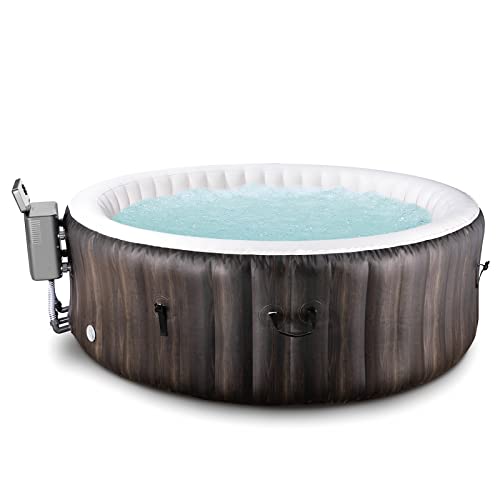The 16 Best Bath Mats
Our Top Picks
-
Best Overall: Gorilla Grip Bathroom Mat
-
Best Non-Slip: Yimobra Original Bath Tub Shower Mat
-
Best Memory Foam: Genteele Memory Foam Bath Mat
-
Best Quick-Drying: MAYSHINE Soft Plush Microfiber
-
Best Microfiber: Clara Clark Bathroom Rugs
-
Best Eco-Friendly: iDesign Formbu Bamboo Floor Mat
- Best Budget: AmazonBasics Non-Slip Bath Mat
Buying Guide
1. Material
The first thing to consider when choosing a bath mat is the material. Bath mats are available in a variety of materials, each with its own pros and cons. Here are some of the most common materials:
-
Cotton: Cotton is a popular choice for bath mats because it’s soft, absorbent, and easy to wash. However, cotton mats can take a long time to dry and may not be as durable as other materials.
-
Microfiber: Microfiber mats are soft, quick-drying, and highly absorbent. They’re also machine-washable and often come with non-slip backing. However, microfiber mats may not be as durable as other materials.
-
Bamboo: Bamboo mats are eco-friendly, antimicrobial, and highly durable. They’re also easy to clean and dry quickly. However, bamboo mats may not be as soft or absorbent as other materials.
-
Memory foam: Memory foam mats are soft, cushioned, and great for adding a spa-like feel to your bathroom. They’re also highly absorbent and quick-drying. However, memory foam mats may not be as durable as other materials and can be difficult to clean.
2. Size
Your bath mat should be large enough to cover the area in front of your shower or bathtub. If you have a larger bathroom, you may want to consider a larger mat that covers more of the floor.
3. Shape
Bath mats are available in a variety of shapes, including rectangular, circular, and oval. Choose a shape that fits the layout of your bathroom and complements your décor.

4. Color
Choose a color that complements your bathroom’s color scheme. If you have a neutral bathroom, consider adding a pop of color with a bright bath mat. If you have a colorful bathroom, choose a bath mat in a complementary color.
5. Style
Bath mats are available in a variety of styles, from simple and classic to bold and patterned. Choose a style that complements your bathroom’s décor and adds a touch of personality.
6. Non-Slip Backing
Finally, make sure your bath mat has a non-slip backing. Many bath mats have a non-slip backing to prevent slips and falls on wet bathroom floors. The backing can be made of rubber, PVC, or other materials that grip the flooring.
Frequently Asked Questions
1. How often should I replace my bath mat?
It is recommended to replace your bath mat every six months to a year, depending on how often it is used and how well it is maintained. Over time, the mat can become worn out or lose its non-slip properties, which can increase the risk of slips and falls.
2. Can I use a bath mat on a heated bathroom floor?
Yes, you can use a bath mat on a heated bathroom floor. However, it is important to choose a bath mat that is compatible with heated floors and won't damage the flooring or interfere with the heating system.

3. Can bath mats be used on tile or vinyl flooring?
Yes, bath mats can be used on tile, vinyl, or other types of flooring commonly found in bathrooms. However, it is important to choose a mat that is compatible with your flooring and won't damage it over time.
4. Can I use a bath mat with a baby bathtub?
Yes, bath mats can be used with baby bathtubs to provide a non-slip surface and prevent slips and falls. However, it's important to choose a mat that is non-toxic and safe for use with babies, and to supervise your child at all times during bath time.
Final Thought
Taking these factors into account will help you find a bath mat that fits your needs and preferences. Remember, a good bath mat not only adds comfort and style to your bathroom but also provides safety and prevents slips and falls.








